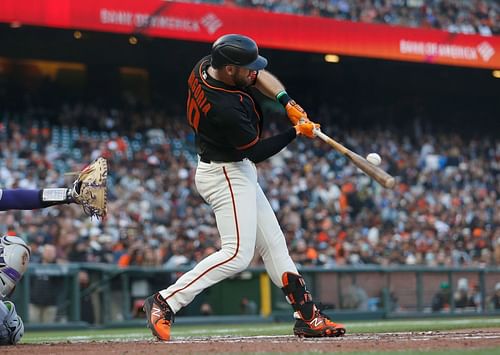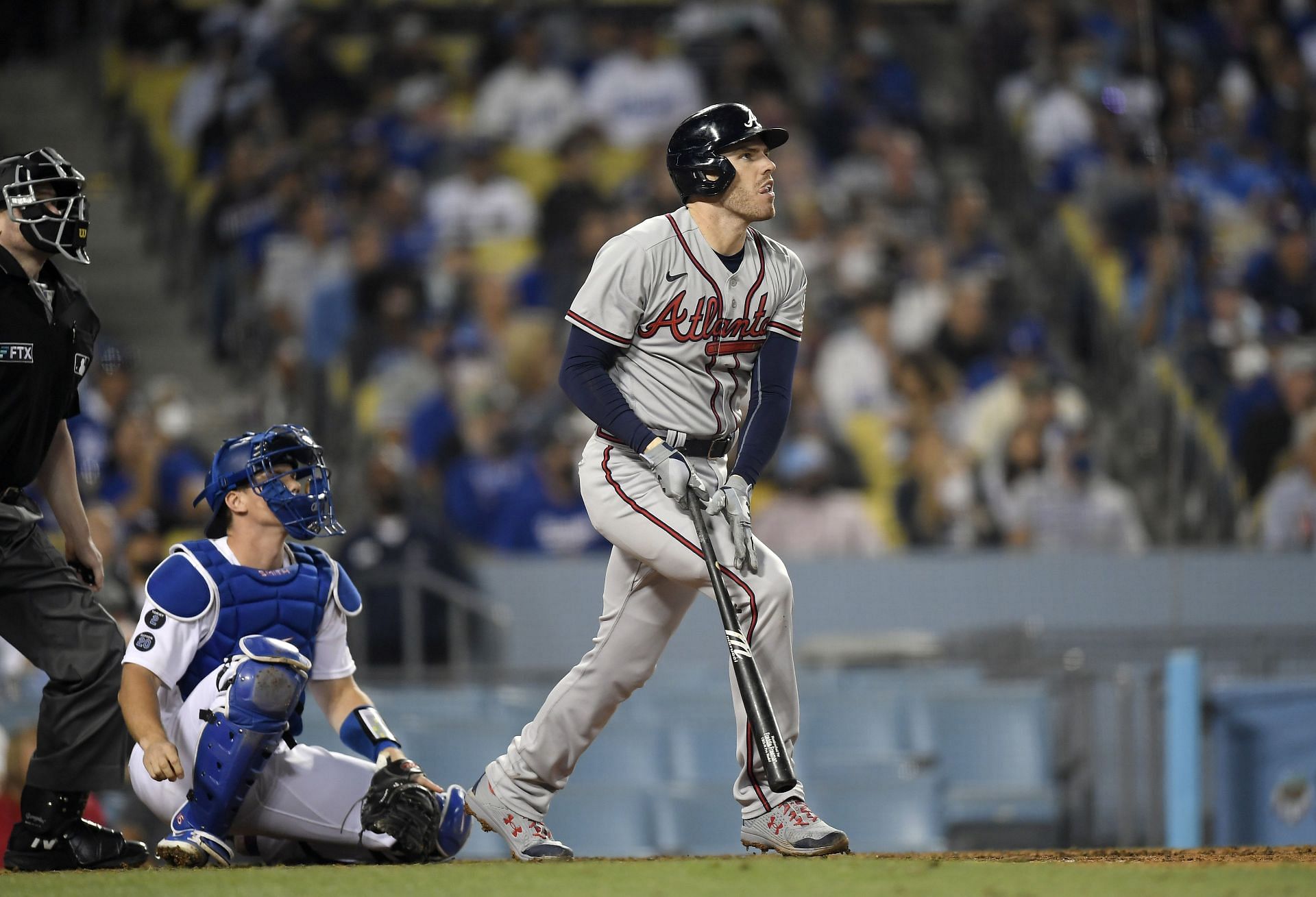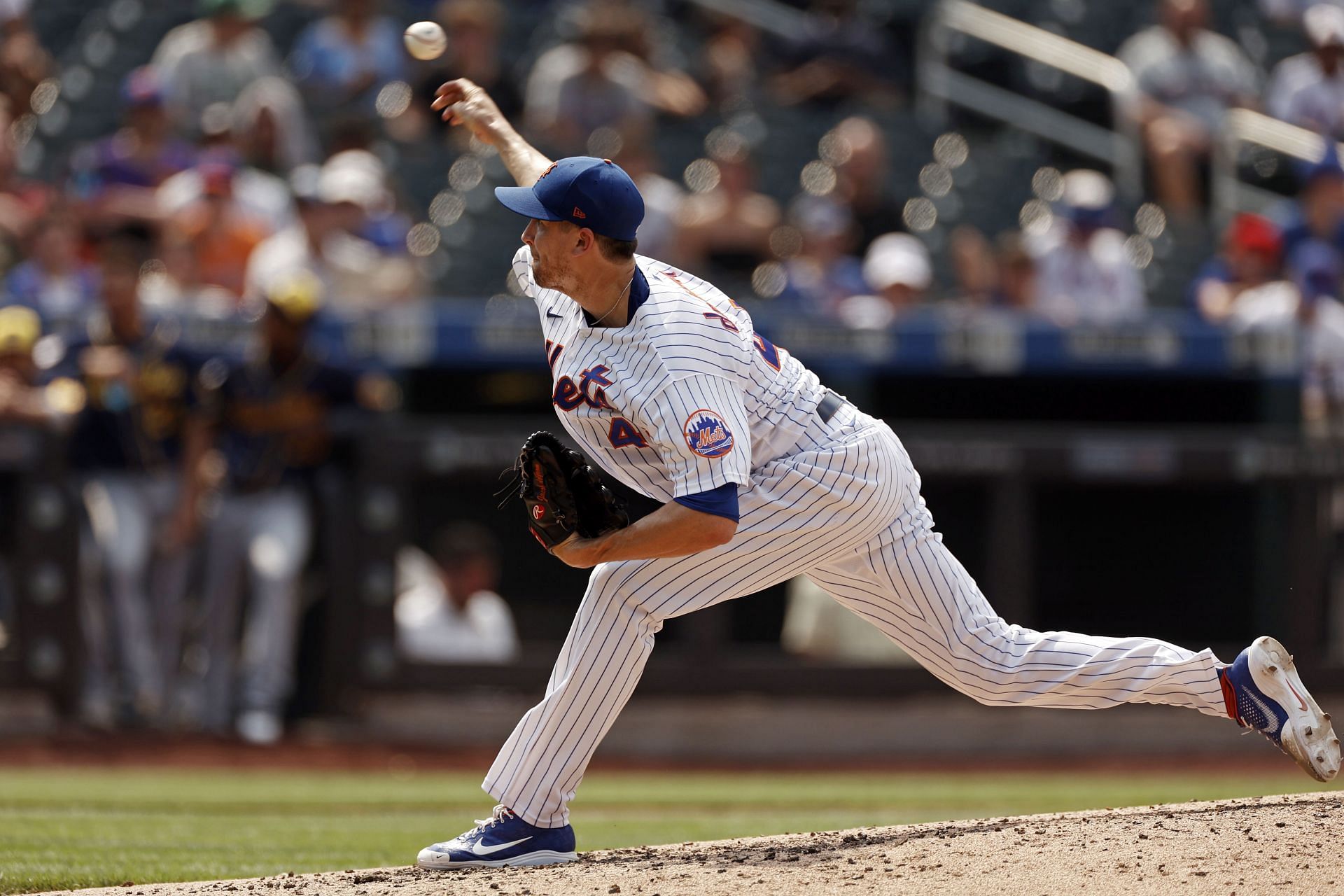
Analyzing the impact of universal DH on roster formations

It's official: Universal DH is coming to the MLB starting this season. This rule will remove the need for pitchers to bat in National League games by replacing their hitting lineup spot with a designated hitter. The American League has used this system since 1973, but baseball tradionalists are still shaking their fists at the universal rule.
How will the universal DH impact roster formations?
That being said, many MLB fans see the exciting potential the designated hitter position brings to the National League. Not only will it treat viewers to better hitting across the entire league, but it'll also give pitchers more time to perfect their craft without worrying about their offensive output.
But how does the universal DH impact National League roster formations? Let's dive in.
Better batting lineups

It's no secret most pitchers can't bat. National League teams in 2021 would've been happy if their pitchers batted more than their own weight, but on average, they didn't.
In 2021, National League pitchers combined for a horrendous batting average of .103. They also had a collective OBP of .135 and struck out in 48% of their at-bats. In other words, National League teams were basically giving their opponents a free out every nine batters.
That's all going to change in 2022. National League teams are already bracing for the rule change by beefing up their batting lineups. The Los Angeles Dodgers were certainly encouraged to land Freddie Freeman because of the extra hitting spot that opened up in their lineup. Other teams like the San Francisco Giants will be able to pull their aging players off the field and preserve their health in the DH spot. Evan Longoria is an excellent example of this. The 36-year-old's fielding abilities may not compare to younger players, but his .261 average in 2021 is respectable enough.
"I used to be a baseball purist, but I welcomed the universal DH this year. And it paid off for the Phillies. We don’t get Castellanos without the DH, because now Schwarber can DH while Castellanos plays LF." - @ Robert Crash Sheridan
As one Twitter user points out, the universal DH allows National League teams like the Philadelphia Phillies to obtain heavy hitters whom they wouldn't have perviously had room for. When trading for superstar outfielders Nick Castellanos and Kyle Schwarber, the Phillies had the luxury of knowing they could rotate them between the outfield and designated hitter position.
Shallower ballpens and better starting pitchers

It seems odd that the universal DH rule will impact pitching, but it will. Think about it. Until now, National League pitchers have always had to concern themselves with their offensive output. A good starting pitcher goes at least five or six innings in a game, and in the National League, that used to mean they would hit at least twice.
To make these at-bats count, pitchers had to dedicate time to batting practice. This, in turn, took time away from pitching practice and also from resting time, which is crucial if pitchers want to maintain a healthy throwing arm. The universal DH rule will eliminate these concerns and allow pitchers to focus on their job.
"Asked a number of Mets’ players about the universal DH, and one thing is clear, they’re all glad that Jacob deGrom can now just focus on pitching, despite how good of a hitter he is. DeGrom was under the belief that he injured his shoulder swinging the bat last season" - @ Pat Ragazzo
With this in mind, expect National League teams to adjust their pitching rosters accordingly. Some bullpens will get shallower with the realization that pitchers don't need as much rest time when they're not hitting. What's more, expect many National League rosters to go fishing for even more high-quality starting pitchers. Think of Jacob deGrom, who still goes the distance even in games when he's hitting and base-running. National League teams will realize starting pitchers have much higher value when they're not swinging the bat.